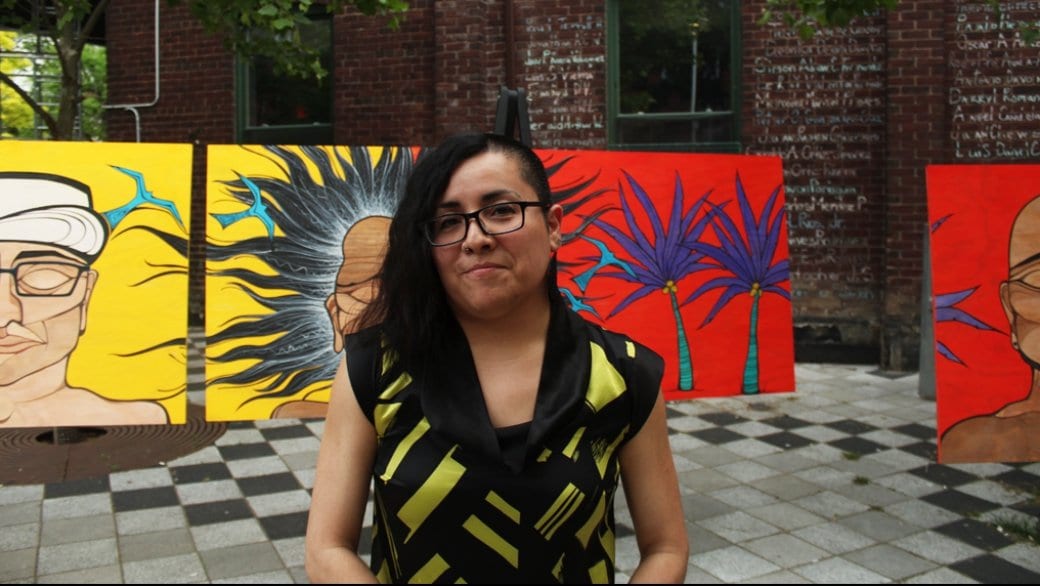On June 12, 2016, Janet Romero-Leiva was at work. On most days, CBC Radio plays in the background, but for some reason, the staff decided to listen to music instead.
So when a customer came in and mentioned off-hand that something had happened in Orlando, Florida, Romero-Leiva had no idea what they were talking about. But then she went online and realized what had happened.
A gay nightclub. Latin night. Forty-nine killed.
When she left work that evening, she felt heavy with grief and shock. Her shoulders were heavy, a pressure weighed down on her chest and sickness creeped through her belly.
Romero-Leiva didn’t go to the memorial in Barbara Hall Park, located in Toronto’s gay village; the idea of being in such a large space with so many people was overwhelming.
In the days that followed the shooting, she would see her reflection in store windows and became aware of her own body in a way she hadn’t been since she came out as queer.
It felt shocking to see queer Latinx people, who are usually invisible in Western culture — people like her — suddenly become so conspicuous for such an awful reason. Latinx is used as a gender-neutral identifier for the community.
Over time, Romero-Leiva felt the need to process the grief and shock. She wanted to create something so those 49 people could be visible again.
She began to paint. She studied the photos of the people who were killed, taking note of the way a particular line shaped someone’s face or the odd curl of another’s ear. None of the paintings depicted any particular person, but she breathed in those brown faces and brown bodies as she put paint to wood.
As she worked, Romero-Leiva wondered what these people were like. Did they love the sun and eating corn and feeling the breeze of palm tree leaves on their shoulders? She shared her home with those 49 people.
At the centre of each painting is a face. Some look like they’re at peace, while others carry a pained expression. All of their eyes are closed.
And then on June 12, 2017, Romero-Leiva came to Barbara Hall Park, where she was so reticent to go exactly a year before, to unveil her paintings, a permanent memorial to the victims of Orlando.

After the names of the dead were read out and hundreds of candles were lit, filling the park with a soft, yellow glow, Romero-Leiva got on stage and spoke.
“I remember sadness, sadness that lingers still today,” she said. “Sadness I share to shift into hope and love.”
“We share to heal, we share to grow. We share because we know it is the way through and the way through is together.”
“And together, the 49,” she said, pausing to choke back tears, “provided me guidance while I painted.”
After she thanked the crowd for coming and sharing the space with her tonight, Romero-Leiva got off stage and stood to the side.
From the distance, a deep-throated voice began singing in Portuguese as a Maracatu band slowly walked on the stage. Dressed all in white, and holding xequerê, they swayed side-to-side and sang in a call-and-response.
And then, the band leader blew her whistle and the rattles and drums began to ring out, and Romero-Leiva and every other person in the park turned to watch a dozen brown-skinned people, dancing, singing and full of joy.

 Why you can trust Xtra
Why you can trust Xtra


